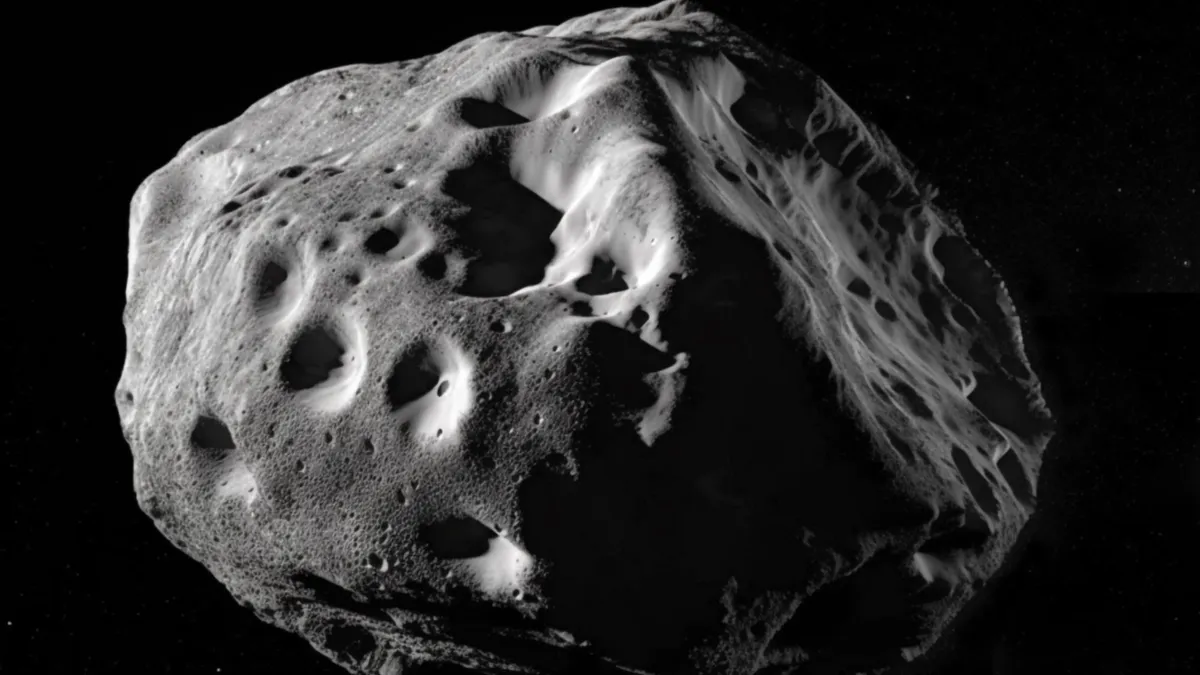
Scientists have recently turned their attention to a massive asteroid known as 2024 YR4, which could pose a risk to the moon. Initially identified with a minuscule chance of impacting Earth in December 2032, further evaluations revealed that this celestial body no longer threatens our planet significantly. However, new data indicates that the likelihood of it striking the moon has increased to 4.3%. While this may seem low, the implications of such a collision could be noteworthy.
2024 YR4 was first detected in December 2024, gaining attention when its chances of impacting Earth reached as high as 3%. Although this asteroid appears as a faint glimmer from Earth, NASA’s James Webb Space Telescope has captured infrared images that suggest it is approximately the size of a 10-story building, measuring around 200 feet in diameter. As a near-Earth asteroid, it resides within our solar system's vicinity, leading to its nickname as a “city killer,” due to the catastrophic damage it could inflict if it were to collide with Earth.
The name 2024 YR4 is temporary; the discoverers will propose an official name, but it may take months or even years for the International Astronomical Union to finalize it.
While the chances of Earth facing significant danger from a lunar impact are slim, the debris produced could jeopardize nearby astronauts and essential satellites that facilitate GPS, cellular communications, internet access, and weather forecasting. The International Space Station (ISS) would also be at risk; however, NASA has plans to decommission and deorbit the ISS in 2031, a year before the asteroid's potential impact.
Recent calculations suggest that if 2024 YR4 impacts the moon, it is likely to strike the near side, the portion facing Earth. This means that a rare celestial event could be visible from our planet. Dr. Paul Wiegert, a physics and astronomy professor at Western University, noted, “If YR4 hits the moon, it will be the largest asteroid to have hit the moon in about 5,000 years. It’s quite a rare event.” He added that people with small telescopes or binoculars might witness the explosion. Furthermore, if moon rock is ejected into space, it could lead to a spectacular meteor shower within a week after the collision.
Currently, asteroid 2024 YR4 is too distant for detection by both space and ground-based telescopes as it orbits the sun. Nevertheless, it remains on scientists' radars, and NASA plans to conduct further observations to gather additional data when the asteroid's orbit brings it back into Earth's vicinity in 2028. The ongoing studies of 2024 YR4 are crucial for understanding its trajectory and potential impact, ensuring that we are prepared for any eventualities.